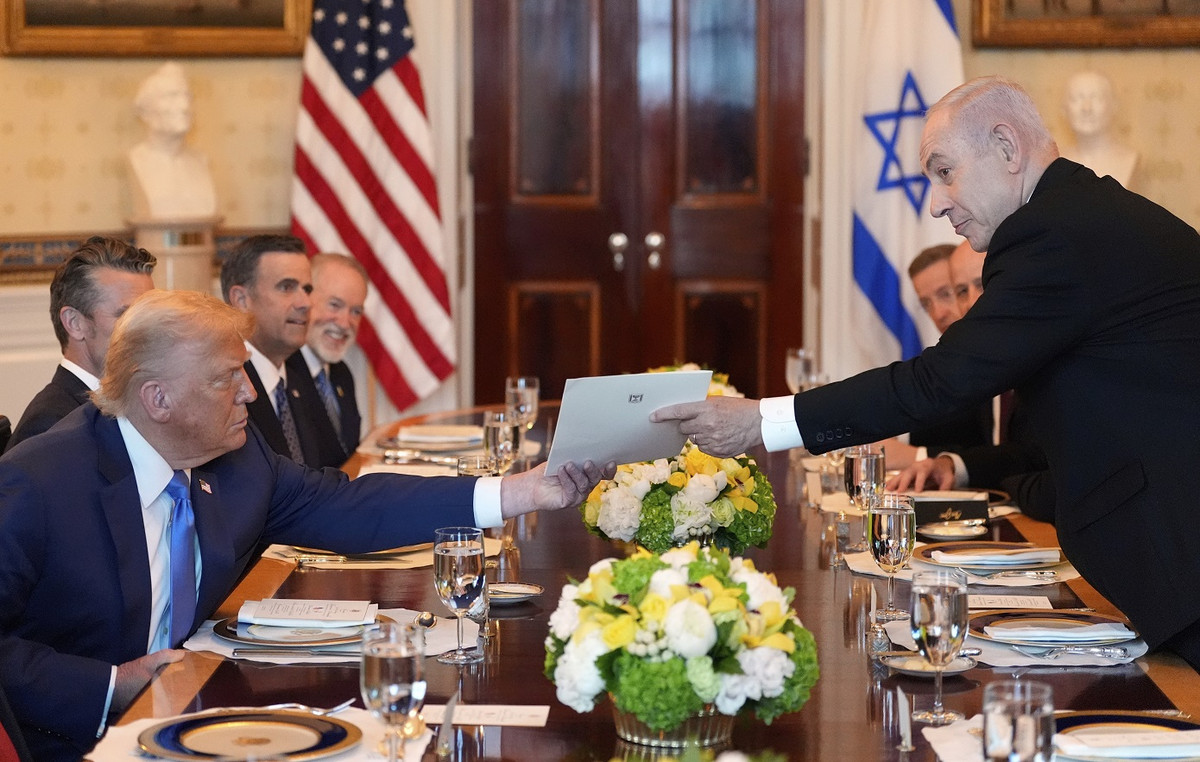In a room in eastern Ukraine, young people sit at a long table piled high with laptops, their eyes glued to the television, an arm’s length away.
They observe dark figures on top of a hill, who seem to panic and then run. It’s live video from a small Ukrainian drone several kilometers away – a device used to assist artillery teams in hitting Russian soldiers in their trenches.
Along the eastern front lines, in underground command centers hidden behind unmarked metal doors, studious Ukrainian soldiers direct artillery fire in a desperate attempt to stem the Russian advance.
This is a real-life proving ground for innovative 21st-century warfare. Men use cheap, commercially available drones and chat programs to identify and communicate targets for weaponry that, in many cases, is several decades old.
The fiercest fighting is taking place over the city of Bakhmut, which has been besieged for months by Russian forces. The aggressiveness of this battle is apparent from the first moments of approaching the city, where dark smoke rises from apartment buildings.
When a team from CNN entered the main road with heavy traffic, a Russian artillery shell hit a building just a few dozen meters away.
Moments later, another shell hit the building again, prompting our military escort to demand that the team withdraw. Much of this warfare is fought while avoiding the incessant threat of Russian artillery.
The Kremlin has massed large numbers of forces for this attack on Bakhmut, but Ukraine’s troops are struggling, says Petro, the National Guard commander who heads this unit.
“It feels like a constant, non-stop attack. The only window to rest is when they run out of people and wait for reinforcements,” she says.
Like other Ukrainian servicemen, Petro uses only his first name to protect his identity. He describes a battle into which Russia sent wave after wave of forces, apparently caring little if they were eliminated.
“Their tactic is to send these poor people that we need to eliminate. They cannot take Bakhmut with a direct attack, so they skirt around. We had to move from urban areas to fields where we are very exposed to artillery,” he explains.
Petro’s description is similar to that of Serhiy Hayday, the Ukrainian chief of the neighboring Luhansk region, who said last month that near Bakhmut Russians “die en masse – the mobilized simply move forward to identify our positions”.
Adverse conditions
Some Russian soldiers have described significant casualties, although the country’s Defense Ministry noted earlier this month that losses “did not exceed 1% of the combat force and 7% of the wounded”.
Every corner of the underground command center is occupied – by whiteboards recording kills, sleeping beds, crates of drones waiting to be set up.
“The roads are muddy. We cannot evacuate the wounded quickly enough and deliver ammunition,” warns Petro.
Ukrainian commanders also complain about a lack of communication between units and a lack of enough lower-level officers to keep soldiers motivated and in the fight after months of grueling warfare.
Returning to the battlefield, further ahead, in a line of trees bordering farmland, is the Ukrainian artillery unit, connected by telephone to the command center.
Tuman, the platoon commander, receives the coordinates on a cell phone in one hand and writes them down in a notebook he holds in the other.
He shouts them out, and a soldier repeats them back before taking aim at the Soviet-era artillery piece they now load with Polish-made shells. With the tug of a rope, autumn leaves are shaken off the nearly frozen ground, and a projectile whistles toward the horizon.
“Our General Staff tries to provide the largest possible number of ammunition, but we understand that we are short of caliber. But you get what you can,” says Tuman from the relative safety of a nearby trench.
He claims Russian artillery accuracy deteriorated over the year as Ukrainian forces hampered the enemy’s ability to conduct aerial reconnaissance.
“Their accuracy has dropped, but their projectiles are flying over us all the time,” he points out.
In another underground command center, further south in the Donetsk region, another group of soldiers stare at their own set of screens. Their commander, Pavlo, tells us that they have dozens of daily casualties.
“Vehicles and ammo are expandable. We try not to count them and use as much as we need to stop the enemy’s advance. The one thing we cannot get back is human lives,” she notes.
But he is optimistic about that cost. “There is no war without victims. If we resist and don’t want the Russians to capture our territory, we need to fight. If we fight, we will suffer casualties. These casualties are justified and inevitable”, he ponders.
Source: CNN Brasil
Bruce Belcher is a seasoned author with over 5 years of experience in world news. He writes for online news websites and provides in-depth analysis on the world stock market. Bruce is known for his insightful perspectives and commitment to keeping the public informed.







